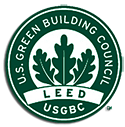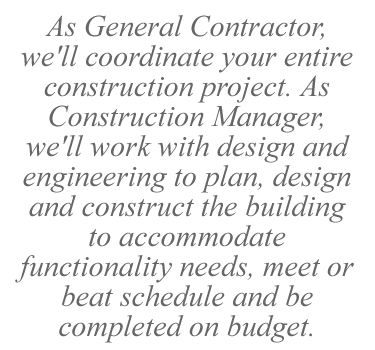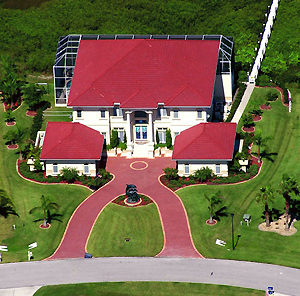



Gerdes Construction is LEED AP certified and is committed to the success and increased adoption of sustainable construction practices throughout the industry.
Although new technologies are constantly being developed to complement current practices in creating greener structures, the common objective is that green buildings are designed to reduce the overall impact of the built environment on human health and the natural environment by:
The sustainable design and green building movement have made tremendous advances over the past decade to the point that virtually every building project today employs some level of green design.
While our clients don't always seek official LEED certification, Gerdes Construction always helps reduce waste and incorporate green materials in every project because it just makes common sense.
LEED, or Leadership in Energy and Environmental Design, is an internationally-recognized green building certification system. Developed by the U.S. Green Building Council (USGBC) in March 2000, LEED provides building owners and operators with a framework for identifying and implementing practical and measurable green building design, construction, operations and maintenance solutions.
LEED promotes sustainable building and development practices through a suite of rating systems that recognize projects that implement strategies for better environmental and health performance. The LEED rating systems are developed through an open, consensus-based process led by LEED committees, diverse groups of volunteers representing a cross-section of the building and construction industry. Key elements of the process include a balanced and transparent committee structure, technical advisory groups that ensure scientific consistency and rigor, opportunities for stakeholder comment and review, member ballot of new rating systems, and fair and open appeals.
LEED is flexible enough to apply to all building types – commercial as well as residential. It works throughout the building lifecycle – design and construction, operations and maintenance, tenant fitout, and significant retrofit. And LEED for Neighborhood Development extends the benefits of LEED beyond the building footprint into the neighborhood it serves.
LEED also makes business sense, benefiting commercial building owners as well as tenants.


